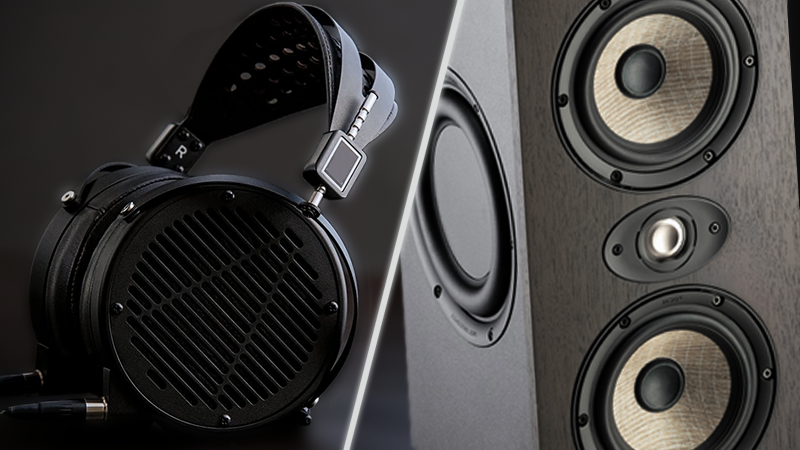
Do I need studio monitors in 2023?
Why do I need studio monitors in 2023 when most people consume music on headphones?
Are studio monitors still relevant with the uprise of binaural in Spatial Audio, Dolby Atmos and Sony 360?
Mixing on headphones can be fantastic
Headphones are cost-effective
Some of the most expensive studio headphones cost less than half of what you would need to pay for a good pair of midfield monitors. But if you can mix the same way on headphones, why would you spend the extra money on speakers?
And the speakers are just the tip of the iceberg, as you’ll need to add the cost of stands and cables at least. You will also likely have to add one, or preferably two, subwoofers to extend the bass response and match your favorite headset’s incredible low end.
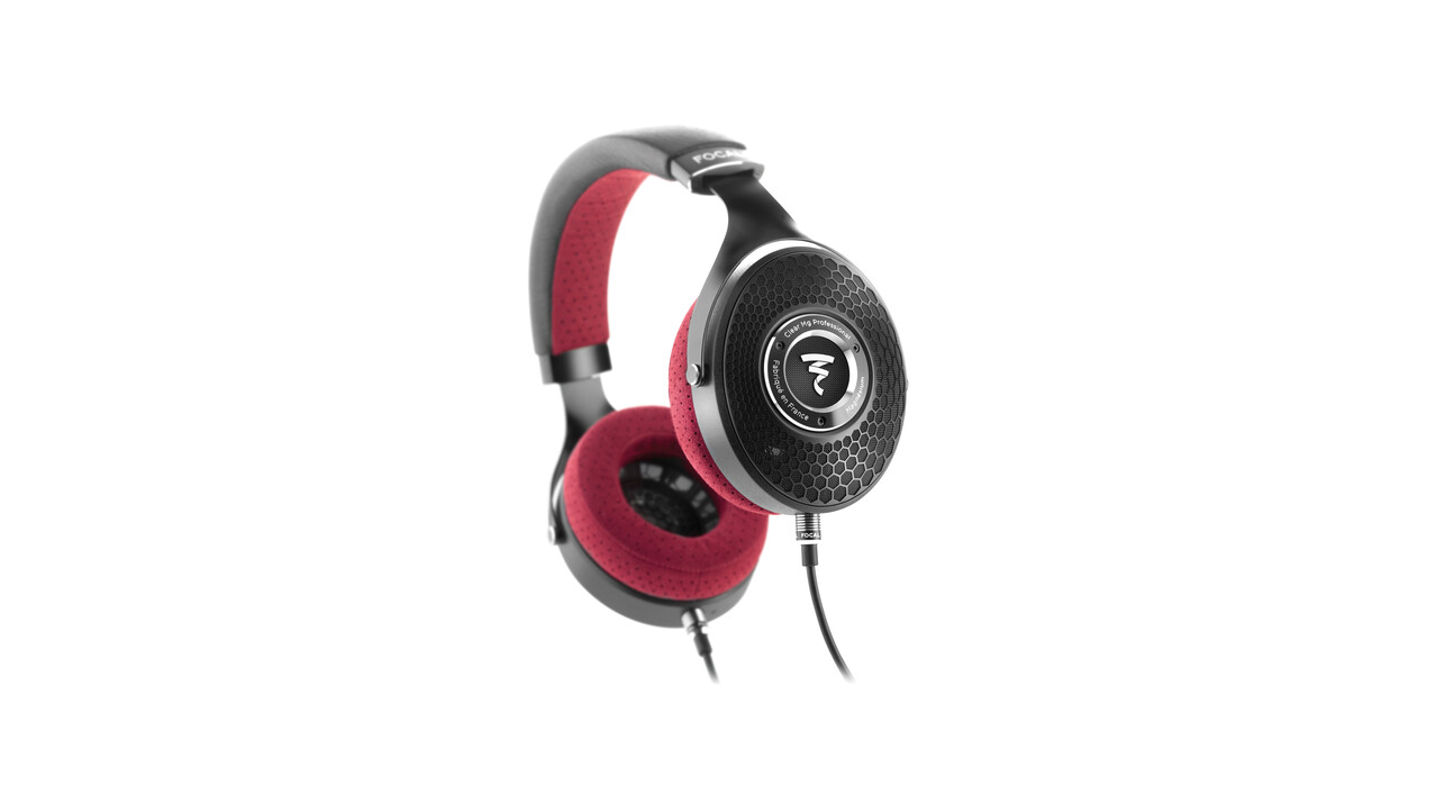
Focal Clear MG retail for $1,499
Finally, if you are serious about building a professional control room and getting the best out of your speakers, you must invest heavily in passive or active acoustics. This fact holds even if you buy a Trinnov or other room correction devices. All of these items increase the cost of the build quickly.
Comparing headphones and studio monitors is already unfair, but if you want to do it properly, the price difference is substantial.
Mix anywhere with headphones
Have you ever tried to travel with studio monitors? With headphones, you can work in a café, on a train, and possibly even do some edits in an airplane. It’s hard to beat the convenience of a good set of headphones when you are on the move or simply away from your home studio.
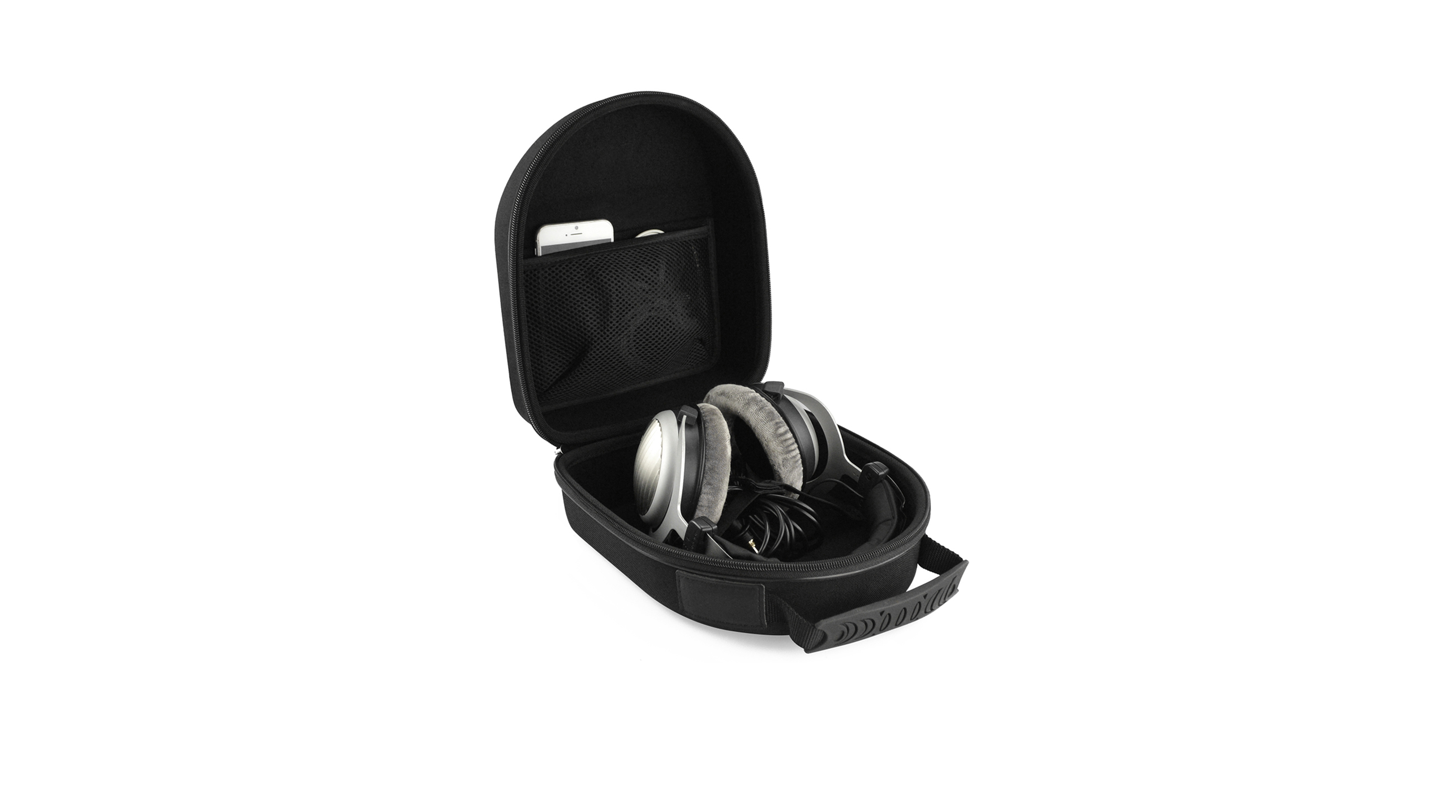
Headphone cases can be found for any model
Mix reliably, everywhere
The benefit of headphones does not stop with portability. Not only can you mix anywhere on headphones, but you can mix reliably. You can trust what you do to the extent of your own capability.
Why? Because a pair of headphones takes the room out of the equation.
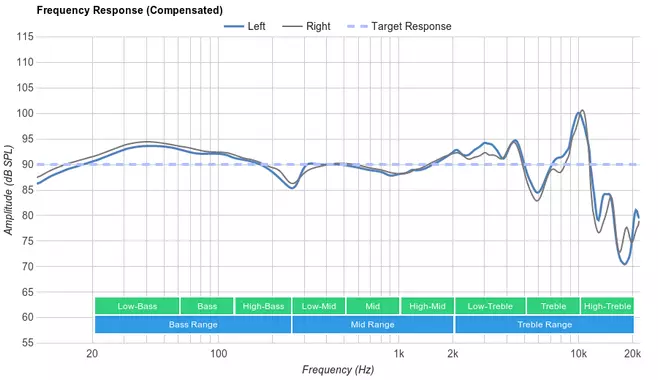
Sony MDR-7506 Frequency response (Source: rtings.com)
Although headphones are not perfect, your brain compensates for headphones imperfections. Unless you fix your room with passive acoustics and a Trinnov, your brain does it more easily than it does with speakers and bad room acoustics.
In other words, the way room acoustics distort sound is more complex, and your brain needs to work a lot harder to compensate for room issues compared to how much it needs to work to compensate for headphones imperfections.
Headphones make you work more reliably and to a certain degree, more efficiently.
Mix music the same way people listen to it
Re-recording mixers historically mix film soundtracks in theatrical dubbing stages that recreate the acoustic environment of a commercial cinema.
Similarly, why should you mix music on speakers when most music consumption, including immersive formats, is now done on headphones?
So the big question is, are the days of loudspeakers over?

Headphones sales growth is likely to accelerate in the next 5 years. (Source: speakergy.com)
Mixing on headphones can also be awful
Unconscious discomfort and hearing fatigue
You may have experienced that special moment when, after an entire day spent with a headset, you can finally remove it…what a relief !!
But if it feels so nice to remove it, why do you deliberately choose to put it on in the first place?
Some headphones are quite heavy and/or could apply more or less clamping pressure on your head. Wired headsets also imply some movement restrictions. In other words, picking the wrong headphones for you may cause a claustrophobic feeling you don’t get with loudspeakers.
Obviously, you can reduce this by choosing the right headphones for you: reasonably light with the right padding, open back instead of closed back headphones…etc
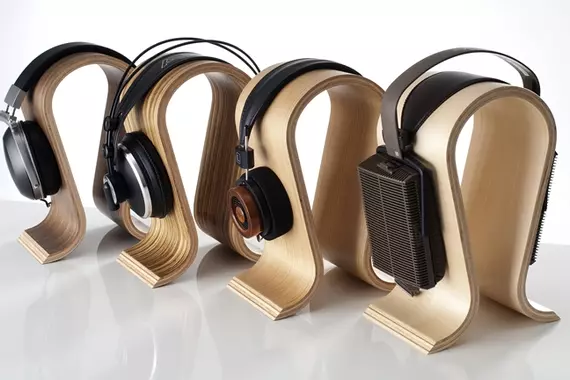
There is a large choice of headphones available on the market
Everyone should be mixing at a reasonable level and taking regular breaks to reduce hearing fatigue. That being said, many people report they experience hearing fatigue sooner with headphones compared to speakers.
The fact is that the distance between drivers and your ears is much smaller on headphones. If your particular headphones accentuate frequencies, particularly those where your ears are hyper-sensitive, they could make matters worse.
Mixing on Loudspeakers is more enjoyable
With rare exceptions, even the most creative people we have met across the music, film or TV industries are obsessed with gear. And, no, it’s not just a nerd thing. In the audio gear world, loudspeakers are always on top of the buy list. There is a good reason for it: it is a real pleasure to listen to music on great speakers.
Listening to properly calibrated, high quality monitors in a good room is a special experience. The experience is entirely different from headphones. In real life, we usually don’t hear sounds produced that close to our ears.
Hank Linderman surrounded by studio monitors (VK LA showroom in 2018)
Listening through loudspeakers feels much more natural than headphones because of the space between us and the drivers. In terms of low end, a proper monitoring system can give you a physical experience impossible to reproduce with headphones.
Ultimately, mixing with headphones is inherently limited.
Spatialization and phantom image
Spatial Audio, Dolby Atmos and Sony 360 are all about offering an immersive, spatial experience. Yet, headphones (without personalized HRTF (Head Related Transfer Function) and advanced binauralization) don’t come close to the level of spatial accuracy achieved with loudspeakers. This is also true with two-channel stereo.
The biggest difference with speakers is that headphones drivers are directly in your ears. As a result, the left ear does not receive any right channel signals and vice versa.
Something akin to stereo imaging can be produced over headphones with interaural intensity difference (play the same sound louder on either side). But authentic stereo imaging also usesdoes not work with interaural time difference, which doesn’t translate well to headphonesl. As a result, so a naturaltrue stereo image can’t be produced by headphones. This is a big problem when you want to precisely place instruments across the stereophonic soundstage, specifically in the center.
Do you always work alone?
There is one last major flaw to mixing over headphones only.
Assuming you manage to overcome all the aforementioned limitations and inconveniences, unless you are a solo, self-produced artist, how do you interact with other people in the music creation process?
Music brings people together, and having a group of people in the same room with headphones over their heads defeats the purpose as it kills spontaneity and creativity.
One of the most popular features of Trinnov processors is the ability to make specific presets such as a mixing preset and a producer preset.
In the latter, the main measurement point is taken on the guest couch behind the mixing desk which is impossible to accomplish with headphones.
Conclusion
Headphones are certainly the most cost-effective solution to mix professionally if that suits you. But in most cases, headphones should be a complementary tool to check some specific part of your mixes. It can also be taken as a backup system you will use under constraints (not in the right environment, can’t listen too loud because of neighbors…).
Anyone with an unreliable speaker system would also benefit from a good set of headphones he knows perfectly to check the bottom end or vocal level of his mixes.
All this said, the days of monitors are not threatened by the rise of headphones and audio mixing for binaural listening.
Quite on the contrary, it is easier today than it has ever been to get a quality decent pair of monitors that are properly calibrated and in order to avoid the usual check in your car or as a matter of fact, on your headphones.

